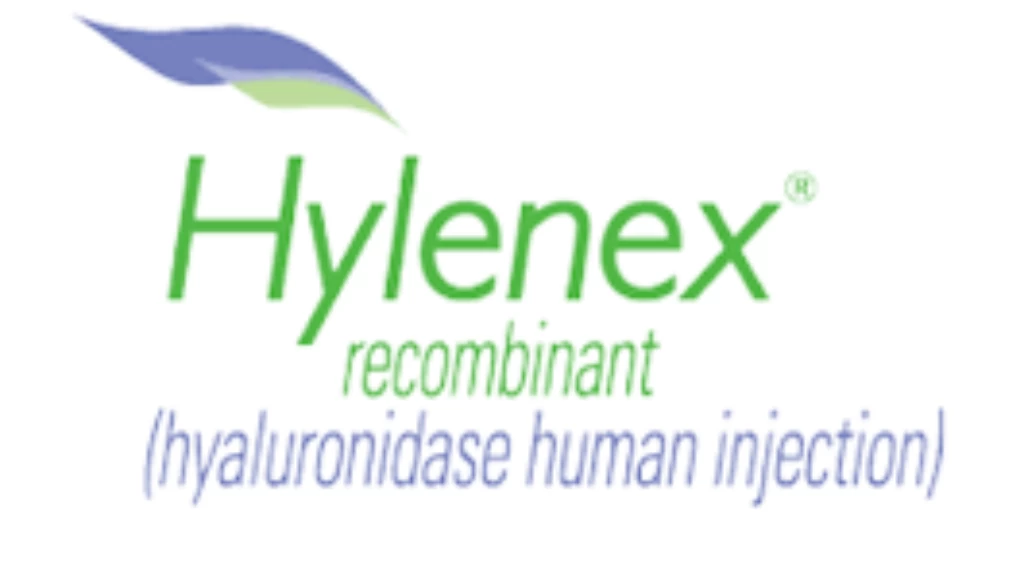Posted October 10, 2023 in Lip Filler, Uncategorized
Complications from lip fillers are relatively rare when administered by skilled and experienced professionals under the supervision of a Board Certified Plastic Surgeon or Dermatologist. However, they can occur, and it’s important to be aware of potential issues and how to treat them. Some complications that can arise from lip fillers include:

- Swelling: Mild swelling is common after lip filler injections and usually subsides within a few days. However, excessive or prolonged swelling can be a sign of an issue. Treatment for swelling may include over-the-counter pain relievers (if approved by your provider), ice packs, and head elevation. Your provider may also recommend antihistamines if the swelling is due to an allergic reaction.
- Bruising: Bruising is another common side effect and typically resolves on its own. You can use makeup to cover up bruises. Avoiding blood-thinning substances like alcohol and certain medications before the procedure can reduce the risk of significant bruising.
- Infection: Infections are rare but can occur. Signs of infection include increased redness, pain, and swelling that doesn’t improve. Infections typically require antibiotic treatment, and you should contact your healthcare provider if you suspect an infection.
- Allergic Reactions: Some individuals may have allergic reactions to the filler material. Signs of an allergic reaction can include itching, hives, or swelling. In this case, you should seek immediate medical attention. Hyaluronic acid fillers are generally less likely to cause allergic reactions because hyaluronic acid is naturally found in the body.
- Lumpiness or Irregularities: Sometimes, the filler may clump or create irregularities in the lips. Your provider can often massage or adjust the filler to correct this. In more severe cases, the filler may need to be dissolved using hyaluronidase, an enzyme that breaks down hyaluronic acid fillers.
- Necrosis: In rare cases, the filler can obstruct blood vessels, leading to tissue death (necrosis). Symptoms may include severe pain and skin color changes. Immediate medical attention is necessary to address this potentially serious complication.
- Asymmetry: Achieving perfect symmetry in the lips can be challenging, and slight asymmetry is normal. However, if you’re unhappy with the results, your provider can adjust the filler to improve symmetry.
- Overfilling or Underfilling: Sometimes, lip fillers may result in overfilled or underfilled lips, which can be corrected by your provider through additional filler injections or by dissolving using hyaluronidase and starting over.
If you experience any complications or unusual side effects after lip filler injections, it’s crucial to contact your healthcare provider or the provider who administered the treatment. Do not attempt to treat these complications on your own, as professional evaluation and care are necessary to ensure your safety and the best possible outcome. Choosing a qualified and experienced injector and office, making sure they have a plastic surgeon or dermatologist owner, is one of the best ways to reduce the risk of complications associated with lip fillers. #MountcastleMedicalSpa 4 + 3 + 1

Hyaluronidase is an enzyme used to break down hyaluronic acid-based dermal fillers, including those used in lip fillers. If you experience complications from lip filler and your healthcare provider recommends using hyaluronidase to dissolve the filler, here’s how the treatment typically works:
1. Contact the doctor or Advanced injector at the office: If you suspect complications from lip filler or your lips do not look as expected, contact a healthcare provider or the professional who administered the filler. They will evaluate your condition and determine if hyaluronidase is the appropriate treatment.
2. Evaluation: The provider will assess the specific issue you’re experiencing, whether it’s lumpiness, overfilling, asymmetry, or another problem. They will decide if hyaluronidase is necessary.
3. Injection of Hyaluronidase: If hyaluronidase is deemed necessary, your healthcare provider will inject the enzyme into the areas with the filler. This will break down the hyaluronic acid in the filler, essentially dissolving it.
4. Monitoring: After the hyaluronidase injection, the provider will monitor the progress and may adjust or repeat the treatment if necessary to achieve the desired result.
It’s essential to have hyaluronidase administered by a qualified and experienced medical professional. The enzyme is potent, and its effects are not reversible, so it should be administered with care to avoid over-correction.
